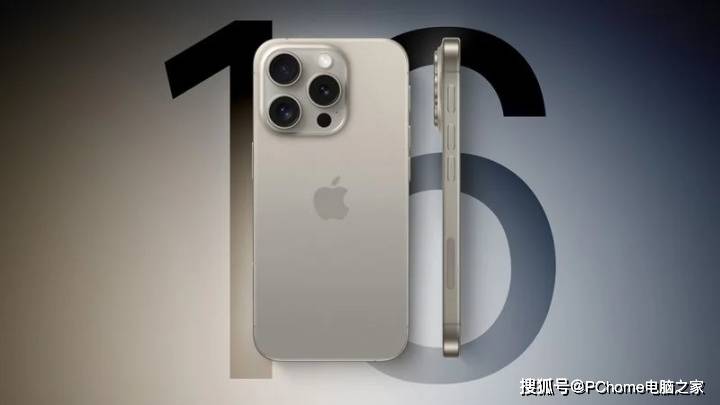Apple’s Innovative Approach for iPhone 16 Series
In the realm of Apple, the aspiration to introduce a portless design for smartphones has always been evident. Nonetheless, constrained by technology and user habits, Apple has retained physical buttons and interfaces until now. In the iPhone 16 series, Apple is likely to take a significant step towards a portless design by incorporating a capacitive key system, as indicated by the latest information from the supply chain.
The capacitive key functions akin to a touch screen — a mere touch elicits a response. However, to prevent accidental touches, Apple is expected to implement a pressure-sensitive mechanism for control, similar to the pressure-sensitive Home button on the iPhone 8.
Apple is projected to replace the physical volume and power buttons with capacitive keys, introducing a dedicated motor to mimic the tactile feedback of physical buttons. This feature aims to provide users with a tactile response similar to pressing physical keys, enhancing the overall user experience.

The Apple iPhone 16 series will also feature a new addition — the Capture button. This will be a capacitive touch button placed on the side of the device. Activated by touch, it provides feedback through vibrations. The main function of this button is to quickly initiate video recording, akin to the shutter button on a camera. During photography, it may also facilitate zooming through swiping.
However, there are speculations that the Capture button might be mechanical, requiring a press to function successfully. Given its significant role in controlling the camera activation, avoiding accidental touches is crucial. Mechanical buttons evidently excel in reliability compared to touch controls.
Apple seems well-prepared for the portless design, replacing physical buttons with capacitive ones and substituting the traditional SIM card slot with an embedded virtual SIM card. Wireless charging will be the norm for charging, while data transfers will be entirely wireless. This may lead to the elimination of the USB-C port, although its impact on Apple’s accessory business prompts consideration before making a final decision.